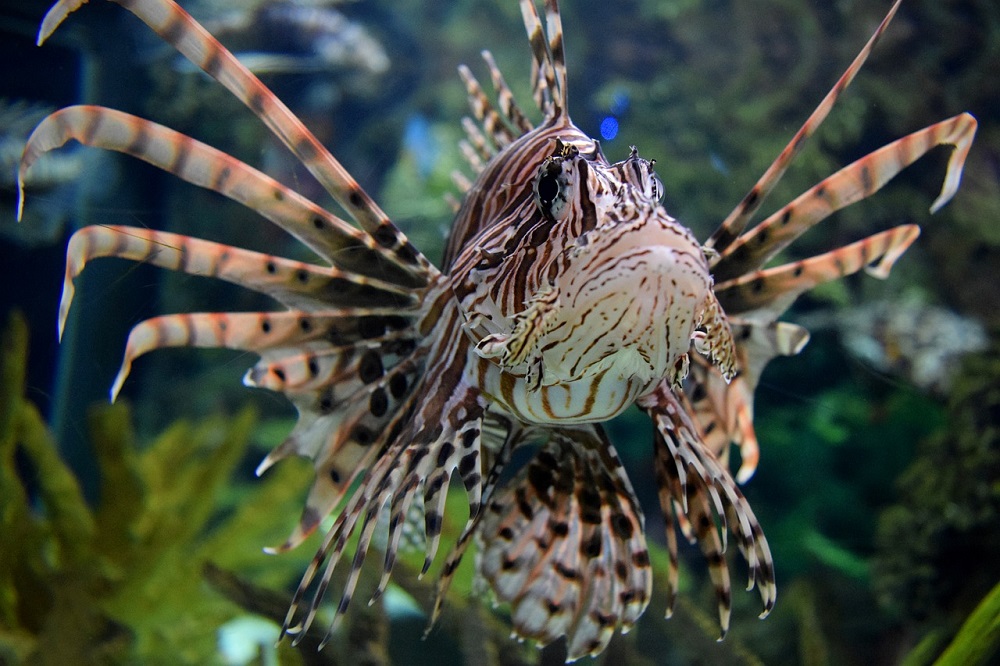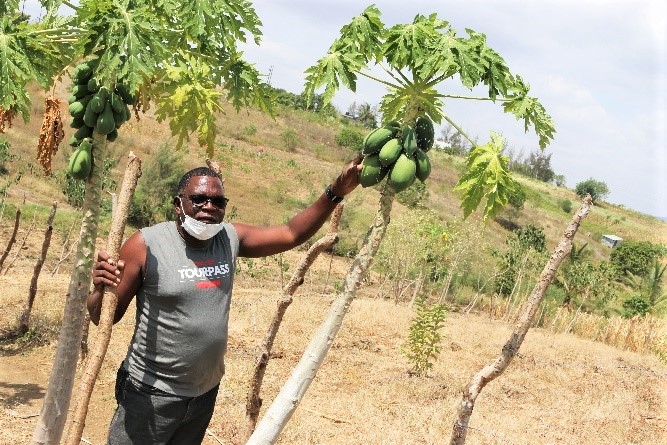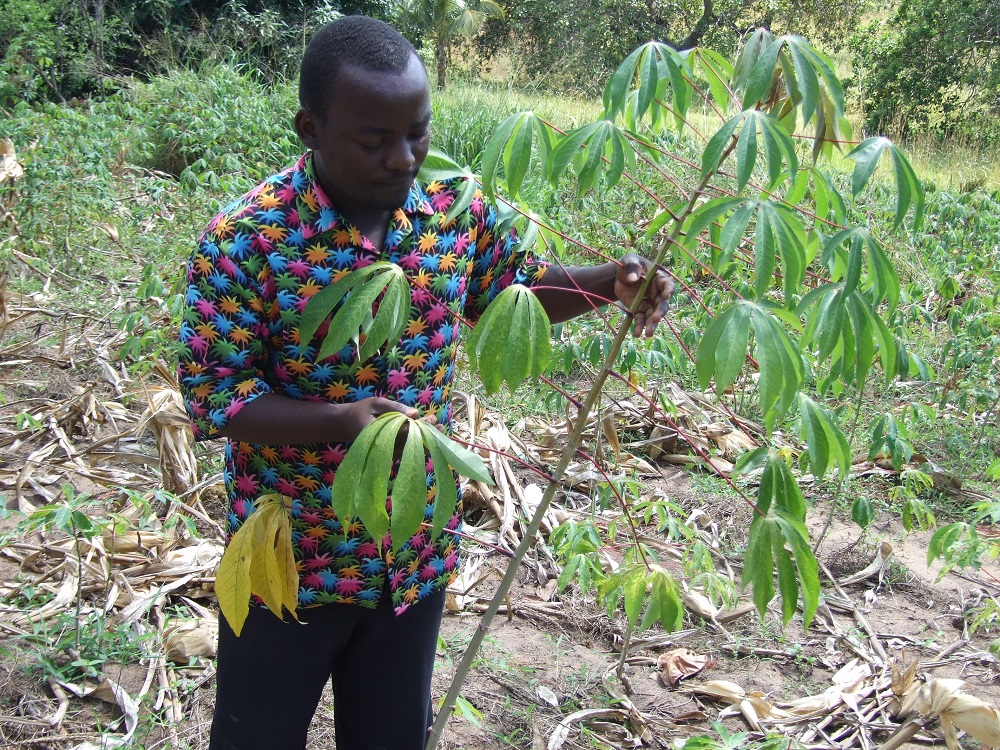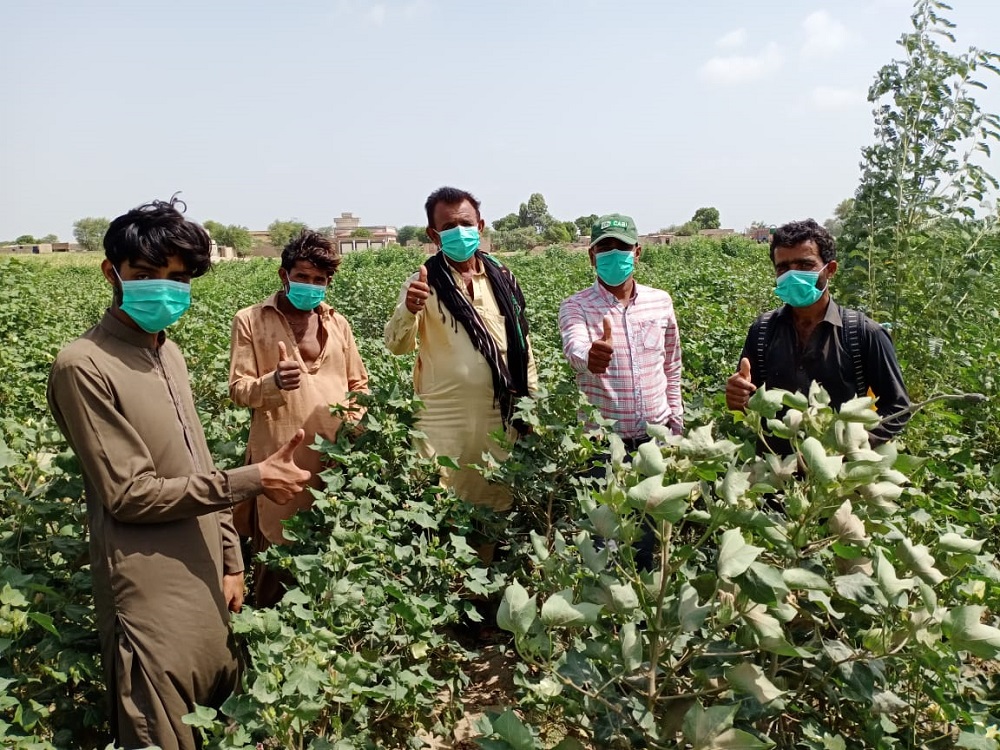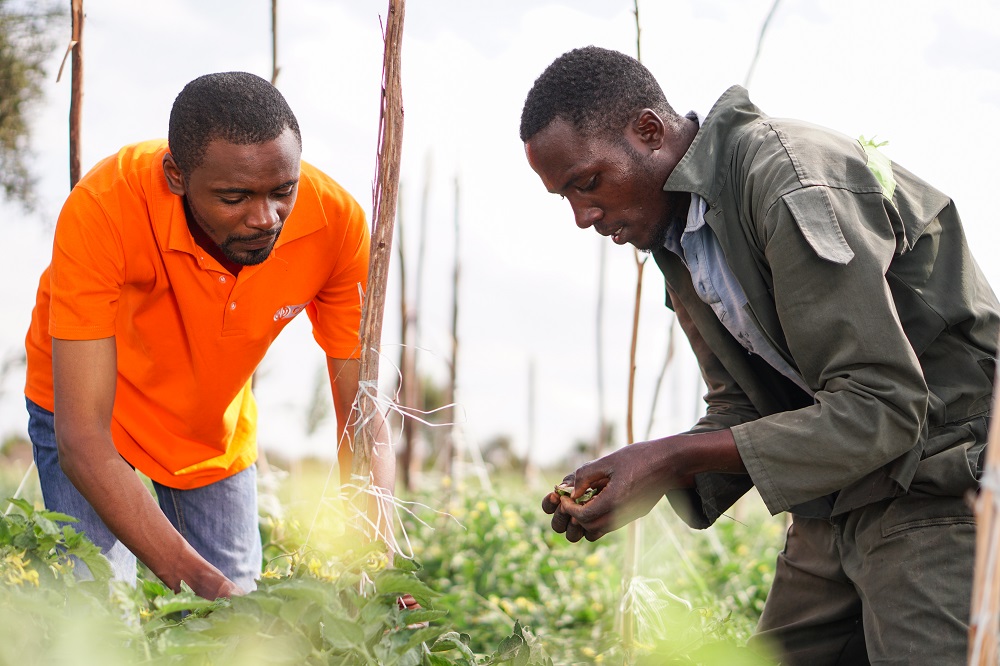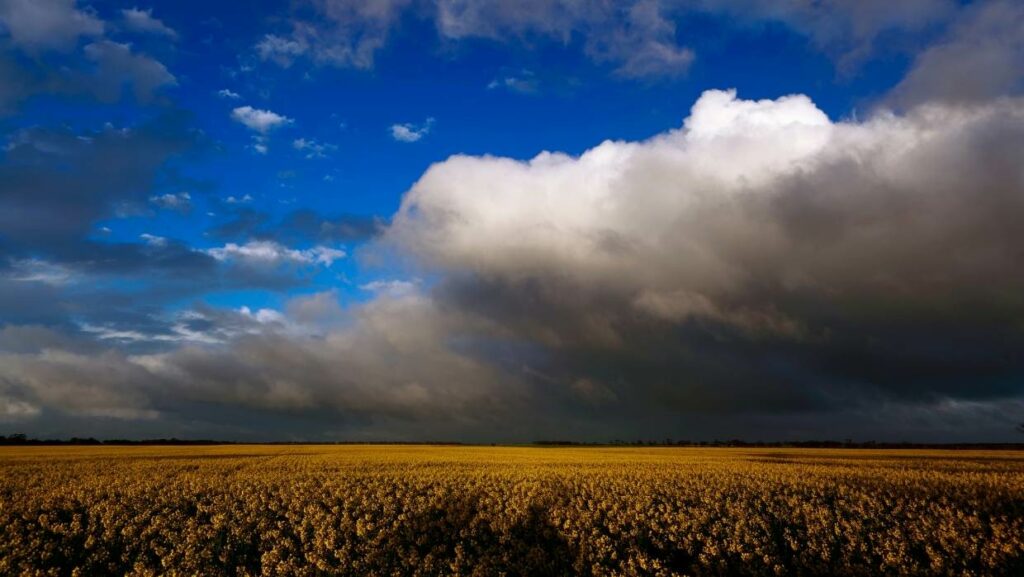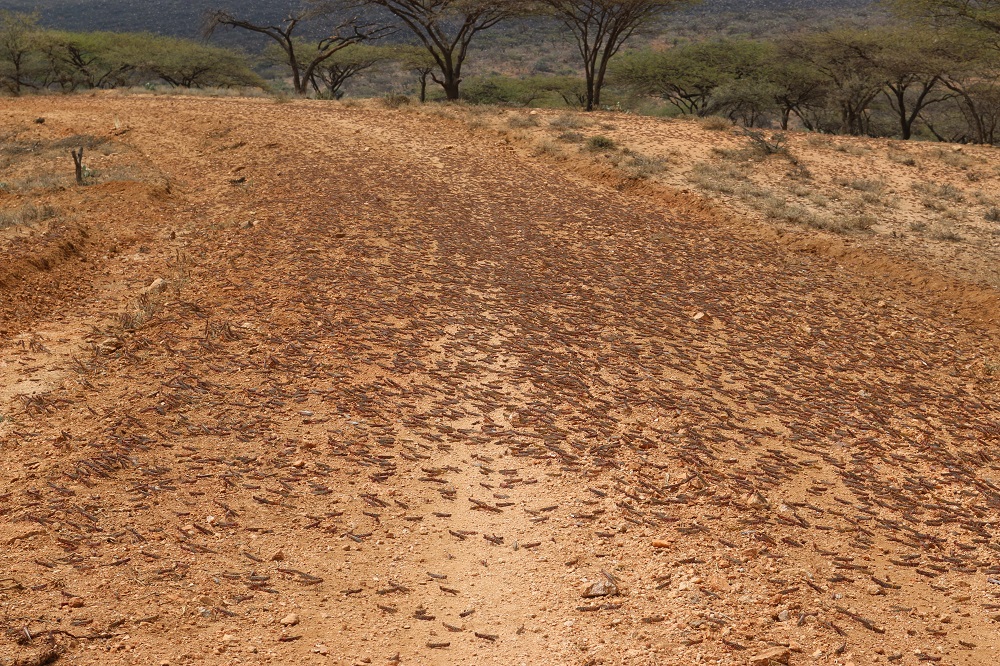Asian citrus greening disease: the threat to Africa’s citrus trade
The yield losses attributed to Asian citrus greening disease once established can be devastating. If the disease continues to spread unabated in the citrus growing regions of East Africa, the annual value of lost production could potentially reach up to US$127 million over the next ten to 15 years, according to a recent paper published…
Mitigating the growth of toadflax: a CABI interview
Native to Europe, Yellow toadflax and Dalmatian toadflax can typically be found on roadsides, grasslands and in crop fields. Like many other weeds, toadflaxes have been introduced to North America as decorative plants but they are now having adverse effects. Whilst these weeds may look pretty and provide decorative appeal, they soon escape cultivation and can…

